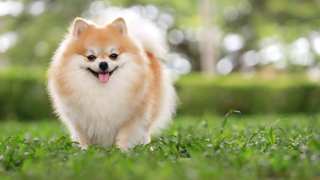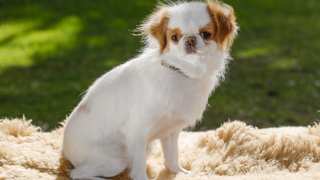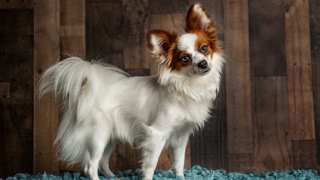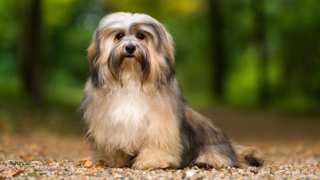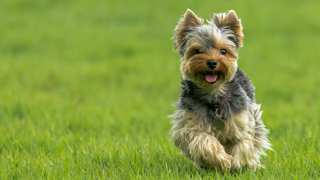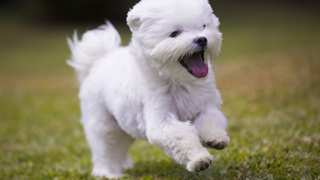Understanding how much exercise does a Chihuahua need is essential. These are small dogs, but they need a decent amount of exercise. These are highly energetic dogs that come from two larger breeds (a very long time ago), and these "little" dogs still have a big idea about themselves. Exercise, however, shouldn't begin until they are about 5 months old and have had all their shots and basic obedience training. They may seem easy to manage while on a leash, but they are fearless dogs when faced with most any danger including much larger dogs.
Still, they are small dogs, and the significant size difference between them and you should be respected. Chihuahua exercise is best done as walking or trips to the small dog section of the local dog park. Jogging, running, and hiking are not recommended for the Chi. Here are some tips to keep in mind when taking your lovely little Chi out for a morning or evening stroll:
- Don't over-exercise
- If it is cold, they should have a dog sweater
- Be sure to use the opportunity of walking for further obedience training
- They should never be let off the leash, as they will chase squirrels, birds, cats and other animals
- If they are pups or out of shape, a walk should be no more than 15-20 minutes and at a slow pace
- If your Chi shows anxiety around cars, people, or other dogs, it's best to socialize slowly while exercising
If you aren't exercising your Chi enough, the dog's behavior and health will tell you this. Some signs are somewhat immediate while others build up over time. Some short-term effects of too little exercise are excessive barking and destroying things. If they are overweight, this means they really need to get out there — but not too much or too long! A dog in poor health needs to allow time to adjust to a workout as well as to lowly get back into shape to avoid injury.
Some good exercises for your Chihuahua are:
- Walking: A morning or evening jaunt at a brisk pace
- Running outside: If you have a secure yard and the weather is fair, let your Chi out for an hour or so
- Fetch: Indoors or out, a few minutes a few times a day can be a wonderful bonding experience
- Jumping: It may seem silly, but these dogs love to jump, and there are may ways and weights to add fun
- Chase: Get a rope or a squeaky toy on a string, and take off! This may last only a few minutes before boredom sets in, however.
For the most part, chihuahua exercise needs can be met with a short walk in the morning and some brief play later in the day. If you have a big home, they'll often explore it constantly, and if you have a large, securely fenced yard, they are almost sure to take care of themselves. Having a box of agility toys that are rotated so they don't get bored with them is recommended. All these things along with a proper diet can help reduce your Chi's need for a lot of exercise. Of course, early obedience training when walking and doing tricks should never be done without treats as rewards, and a bit of attention and happiness too. You should always strive to make the walk (or walks) at the same time, and never use a harness as this allows these bold doggies to control you.

